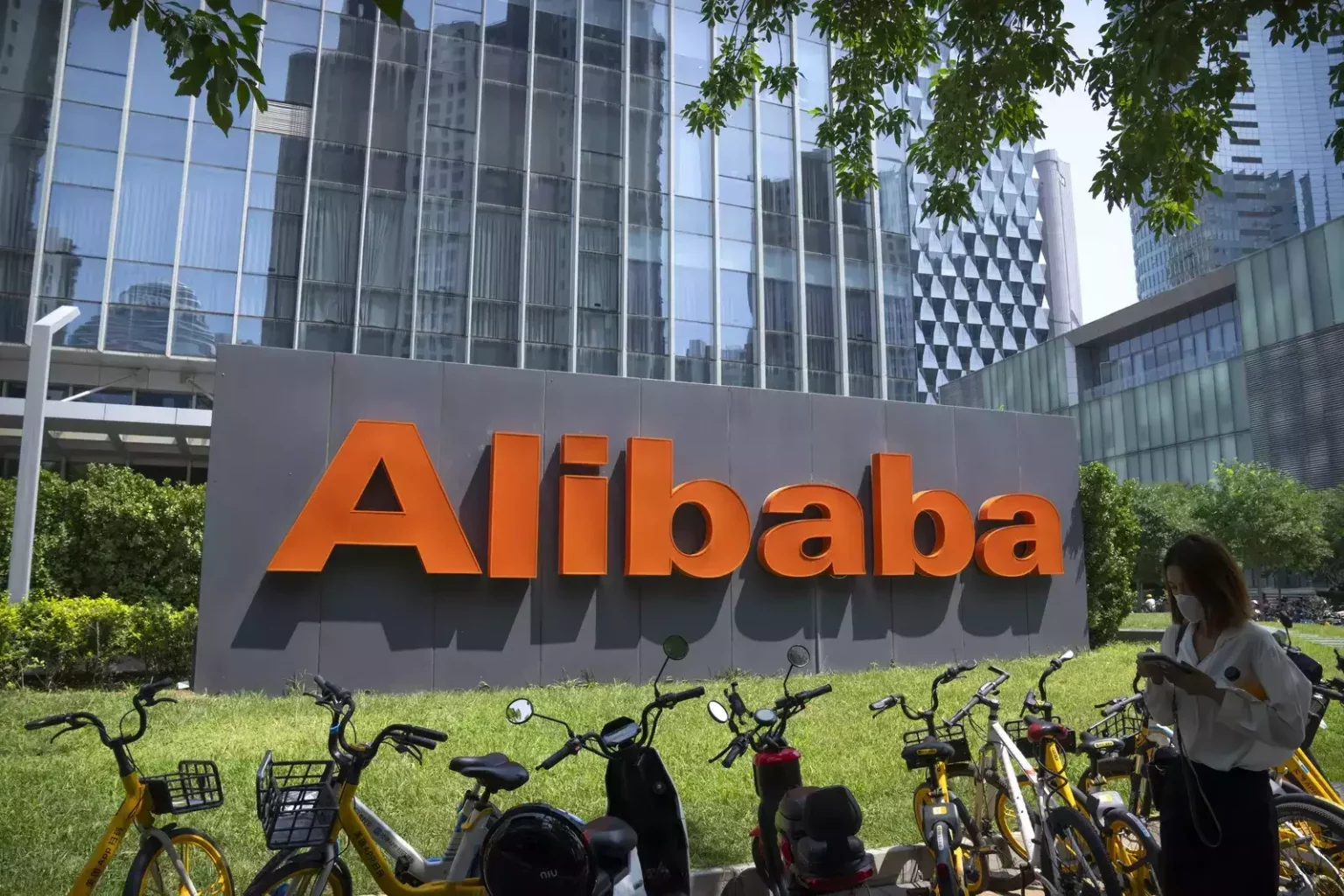In a notable development, several prominent Chinese technology companies, including Huawei and Alibaba, have jointly submitted a total of 110 applications to China’s cyberspace regulator. Their aim? To secure approval for models capable of modifying audio and visual content effectively.
The Cyberspace Administration of China recently disclosed a list of these firms that are actively seeking approval. Their efforts are in alignment with regulations laid out by the CAC (Cyberspace Administration of China) in December, specifically focused on governing the use of deepfake technology.
Crucially, it is important to distinguish this approval process from the CAC’s oversight of Chinese tech companies involved in the development of generative artificial intelligence (AI) products. The latter category has surged in popularity, especially following the success of US-based firm OpenAI’s ChatGPT.
Notably, on a separate front, five Chinese tech entities, including Baidu Inc and SenseTime Group, recently introduced AI chatbots to the public after securing government endorsement. It’s essential to understand the distinction between chatbots and deepfakes: while chatbots generate entirely new text, images, and audio based on user prompts, deepfakes employ advanced AI technology to produce visual and audio content that is virtually indistinguishable from the original. This characteristic makes deepfakes susceptible to misuse, manipulation, and the dissemination of misinformation.
As Chinese tech giants seek approval for deepfake technology within the framework of evolving regulations, the industry landscape continues to adapt to the dynamic realm of artificial intelligence and digital content manipulation.




